Arm balance poses: fun challenge or necessity?
12How often do you walk on your hands? Some Instagram feeds will have you believe that mastering a handstand is an essential indicator of progress in yoga. But the reality is that we were not designed to carry our body weight on our hands. This becomes obvious once you compare the structure of the hip joint (meant to be weight bearing) and shoulder joint (not meant to be weight bearing).
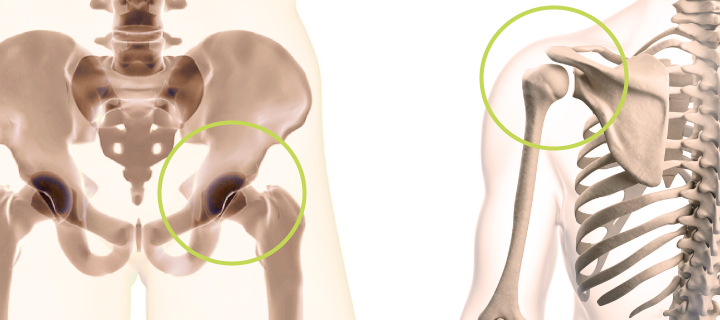 The head of the femur sits deep in the hip socket, which makes the hip joint more stable and, as a result, less mobile. The shoulder joint looks more like a shelf: instead of the bony structures, the shoulder joint must be held together by muscles, tendons and ligaments. Because of that the mobility of the shoulder joint is much greater, while at the same time it is not nearly as stable as the hip joint.
The head of the femur sits deep in the hip socket, which makes the hip joint more stable and, as a result, less mobile. The shoulder joint looks more like a shelf: instead of the bony structures, the shoulder joint must be held together by muscles, tendons and ligaments. Because of that the mobility of the shoulder joint is much greater, while at the same time it is not nearly as stable as the hip joint.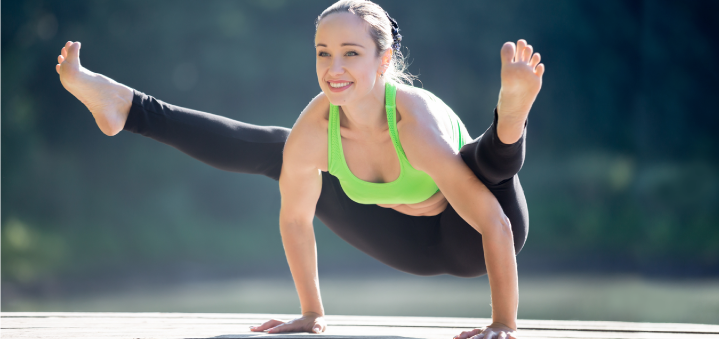
This means that all those fancy arm balances are not the must-haves in your yoga practice, but rather reflect the concept of sharira samyama, which means “mastery of the body”. It has elements of entertainment and performance in it (think acrobats in Cirque Du Soleil). This doesn’t mean that us regular folks can’t get some benefits from arm balances. They can help us overcome fear, work on physical self-development and give us a sense of strength and accomplishment. Those are all good things, as long that sense of achievement doesn’t overshadow everything else. We also need a clear head when it comes to evaluating the risks of arm balances – for some of us the risks far outweigh the benefits.
In arm balance postures the weight of the body is supported by the arms and hands, which means that arm balances both require and develop strength in the arms, shoulder girdle and wrists. Most arm balances also require and develop core strength. This means that if you have weaknesses or injuries in the above areas you should think very carefully before attempting to balance on your hands. In fact, those with wrist injuries should forget about arm balances altogether (at least until those injuries heal completely) – the risk is just too great. Those with shoulder injuries can sometimes benefit from shoulder strengthening moves, but partial weight bearing poses (like Plank pose, for example) usually work better. If your core is weak you are running the risk of falling out of the balance pose onto your head, which generally isn’t a good idea. So you might be better off starting with the poses that are closer to the ground and require only a slight lift off the floor to check how your body handles such maneuvers.
To sum it up
- The ability to do arm balances is NOT an indicator of the quality or effectiveness of your yoga practice. Even if you never, ever do arm balances you can still have a deep, fulfilling and potent yoga practice.
- Feel free to experiment with arm balances for fun, but be sure to access the risks first.
- Before you attempt to do ANY arm balances check the strength and stability of your core, shoulders, arms and wrists. If any of those are weak, you will need to strengthen them first with other poses, over time.
- Always spend adequate time warming your neck, shoulders and upper back before you attempt to do arm balances, but don’t tire them out too much, otherwise you won’t have energy left for your arm balances.
- Do not do too many arm balances in the course of one practice. Three is the recommended maximum, and those should place different kinds of loads on your shoulders and be spread out throughout the practice (not back-to-back).
- Be sure to compensate all the same areas after each arm balance. We call it “mobilizing the joints” which means moving the arms and/or wrists freely after bearing weight.
If you choose to play with arm balances, please remember – those poses are mostly used for the purpose of body mastery and creating a sense of accomplishment, rather then as useful working tools to deal with your current challenges.
Next time we will talk about three types of arm balances based on the angle at the shoulder: their risks, benefits and the release valves associated with them. Tune in!




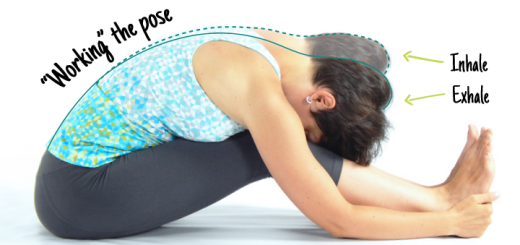

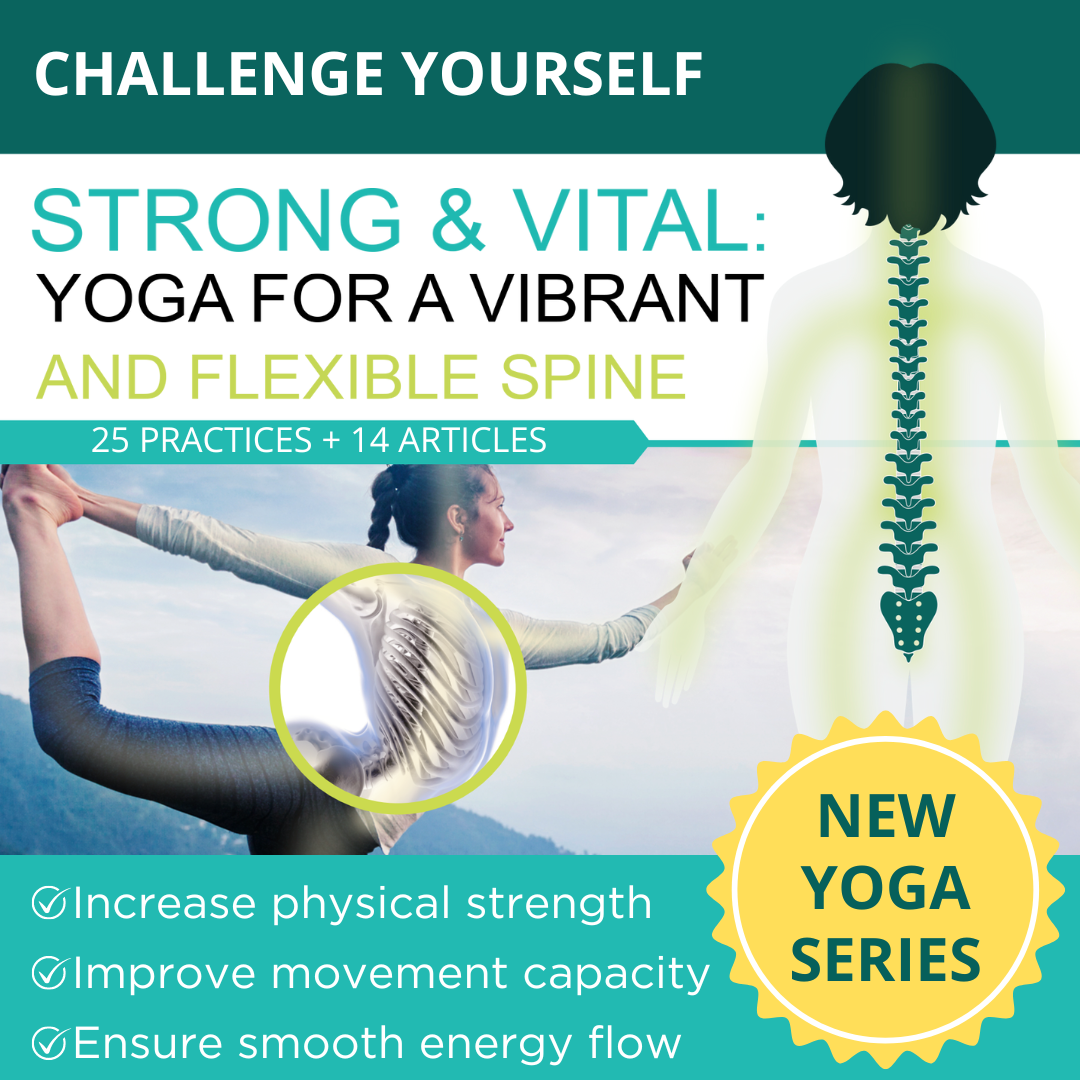
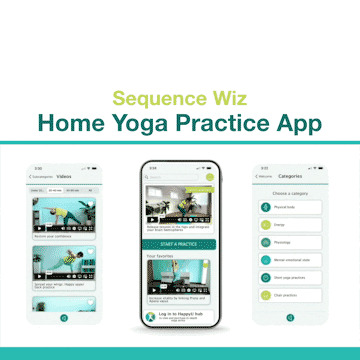
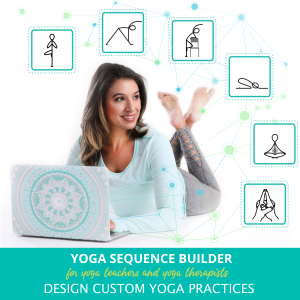
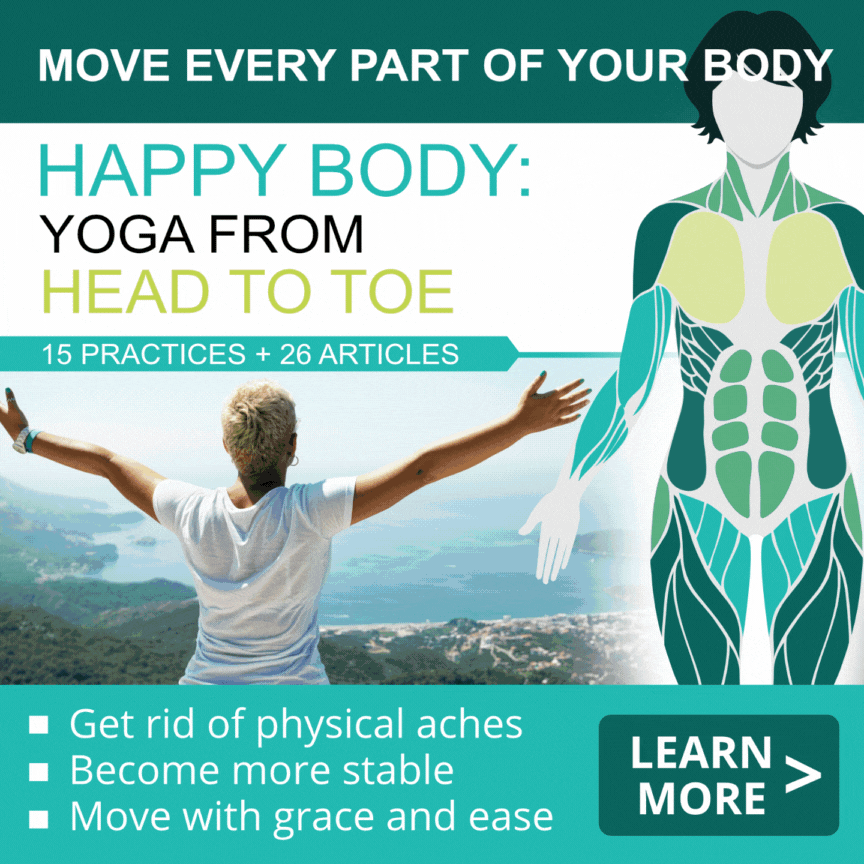

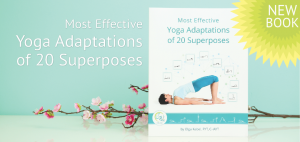
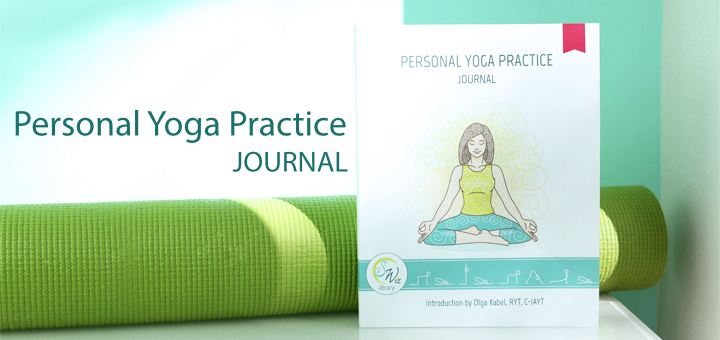
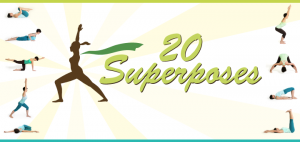

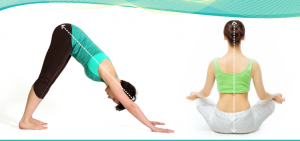


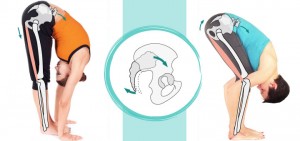
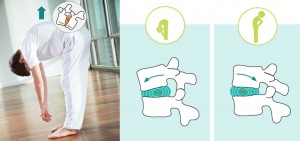
Good information, Olga. While I practice a few arm balance asanas, I rarely teach them because of the very reasons you cite. I agree that while they may be a personal indicator of accomplishment, they’re absolutely not an indicator of progress in personal yoga practice. As the Yoga Sutras teach, more important is the ability to sit quietly, contemplatively and eventually experience samadhi! Thanks for sharing your views, and continue your good work in the yoga community!
Agreed! Thank you Suzanne!
Thanks Olga. As usual you’ve done a beautiful job of balancing the pros and cons. Thanks for another well-considered and informative article.
Thank you Elaine!
Thank you! I look forward to and share your excellent posts.
Happy to hear that, thank you Alexa!
I recently saw a friend who I used to practice with, I asked her if she was still practicing, she said “no”. She went on to tell me that her daughter, who used to dislike yoga was now very much into it. I asked her how old her daughter was, she said “24” then she went on to say “She is really into…..” I finished her sentence and said “armbalances” she looked at me with astonishment as to how I knew that. It seems to be what yoga has become to a lot of younger students….IMHO. 🙂
That is hilarious, but not surprising. I just hope that they eventually come out of that phase without injuries and with some self-awareness.
I love all your yoga information and I learn from you,you are doing an outstanding job and I’m learning so much from you.i recently completed my 200hr TTC were I live South Africa,Tableview Cape town.im57 years old,so I bit of a late starter but I’m busy teaching private clients and really enjoying that.
I look forward to your next article,thanks for sharing your very valuable information on yoga.
Hi Matty, thank you for the shout-out! I am amazed to hear that my writing had reached South Africa – that’s so cool! Congrats on your recent graduation and good luck on your teaching journey!
Hello Olga,
I recently found your website and love your posts and videos.
What you write about arm balance asanas really resonates on me. I have been studying and practicing yoga for 4 years now. With the help of my yoga teacher, I have overcome my fear of handstand and after 3 months, have been able to do a handstand against the wall. I could never do it when I was a kid, and at nearly 54, I felt all these physical self-development, sense of strength and accomplishment you mention in your post and also a great sense of joy and happiness, it was fantastic. But I also went too to fast and hurt my serratus anterior 2 weeks ago. This forced me to stop my crazy daily practice and found time to think and meditate about what I am looking for in yoga. I think I must have an unbalance in my body somewhere. 4 years ago, I hurt my right wrist because of misalignment in chaturunga. Last year was a right tennis elbow because of carrying too much my grandchildren, sometimes it is my right hips when I walk, and now it is my right shoulder.
I believe you have Skype private session. How does it work? (I live in Melbourne). Thank you!
Hi Nathalie! Thank you for sharing your experience. Sounds like a smart decision – to pause and re-evaluate. In my tradition we always lead with the “Why” – Why am I doing this? What am I trying to accomplish? I will send you a personal email regarding private Skype sessions – let’s connect!